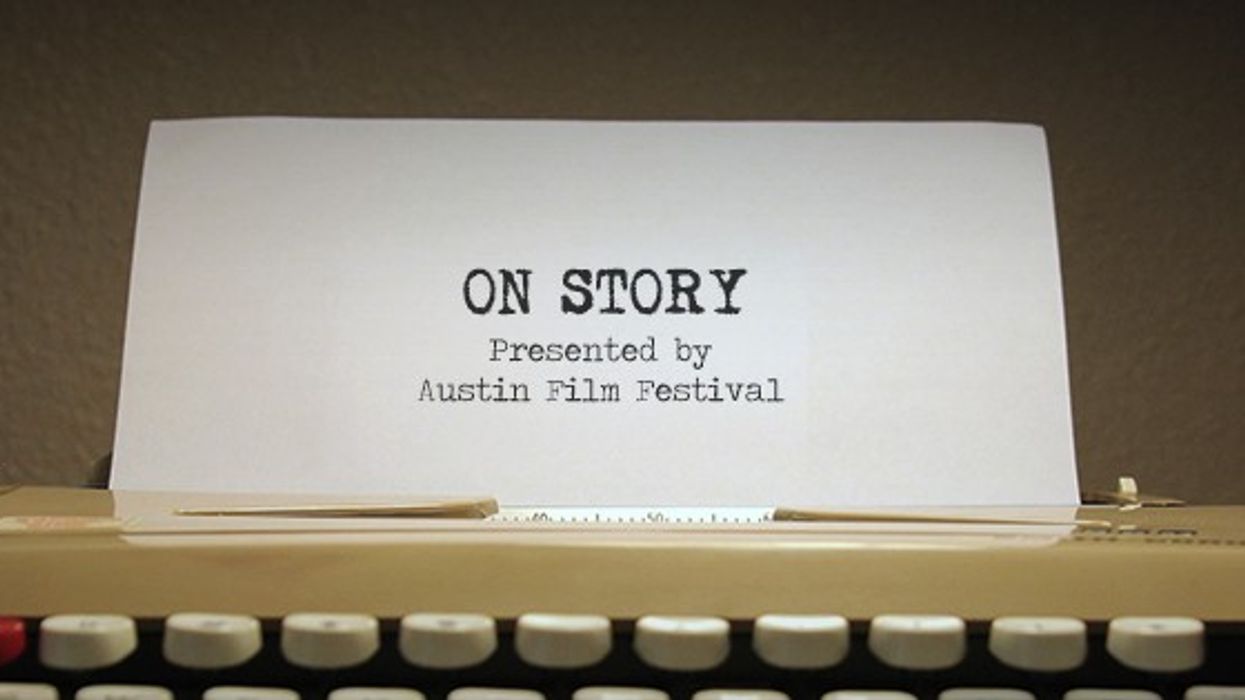Learn How Successful Screenwriters Use Action to Define Characters in 'On Story' Season 3

Screenwriters are undoubtedly propelled by the question, "What if...?" Many times when writing a screenplay, however, we are tempted by the question, "Wouldn't it be cool if...?" This question can certainly lead to dramatic action sequences or hilarious set pieces, but may not reveal the true nature of our characters or propel the story forward. Thanks to yet another episode of On Story, the PBS series presented by the Austin Film Festival, we can watch the screenwriters of Wanted, Gone in 60 Seconds, The Bourne Ultimatum, and Snitch discuss how they write thrilling action sequences that define the characters in their stories.
Check out On Story Season 3 Episode 2, "Explosive Action! Creating Action Through Character" from Austin Film Festival and PBS member station KLRU to learn how Michael Brandt, Scott Rosenberg, Scott Z. Burns and Ric Roman Waugh use action to define character and use character to motivate action sequences:
Scott Z. Burns (Side Effects, Contagion, The Informant!) does an excellent job summarizing how action sequences can define a character when he boils down the essence of his screenplay for The Bourne Ultimatum:
Jason Bourne was someone who wanted to know what happened behind him, but…every time he turned around, someone was chasing him. So, he had to move forward and backward at the same time. And I felt all we had to do in the movie was keep that tension, that every time…he spiritually looked backwards and became curious about his past,…we turned up the things that were pushing him away from that.
I also found Michael Brandt's anecdote about his real-life ride-along with the Chicago firefighters while researching his TV series Chicago Fire to be particularly insightful. Brandt's surprise at a firefighter's ability to joke around back at the fire station shortly after not being able to save the life of a young woman made Brandt question the firefighter about the situation. Only then did Brandt discover that what he thought was a callous response to the senseless death of a young woman was actually the only coping mechanism these firefighters had when they repeatedly face hopeless situations and still have to move on. With this knowledge, Brandt and his writing partner, Derek Haas, were able to understand how to use action sequences to define the firefighter characters of their show.
Watching this episode of On Story, we still see several examples of moments from movies these screenwriters admire purely because they hadn't seen those action sequences on screen before. While the question of "Wouldn't it be cool if...?" will inevitably creep into virtually all action-heavy screenplays, screenwriters should keep in mind how never-seen-before action sequences reveal new aspects of their characters and force those characters to make difficult choices along their journeys.
Do you have a favorite action sequence from a movie that you think defines the true nature of the character? How do you use action to define characters in your own screenplays? Share your thought with us in the Comments.
Link: On Story, Season 3 Episode 2: "Explosive Action! Creating Action Through Character"











